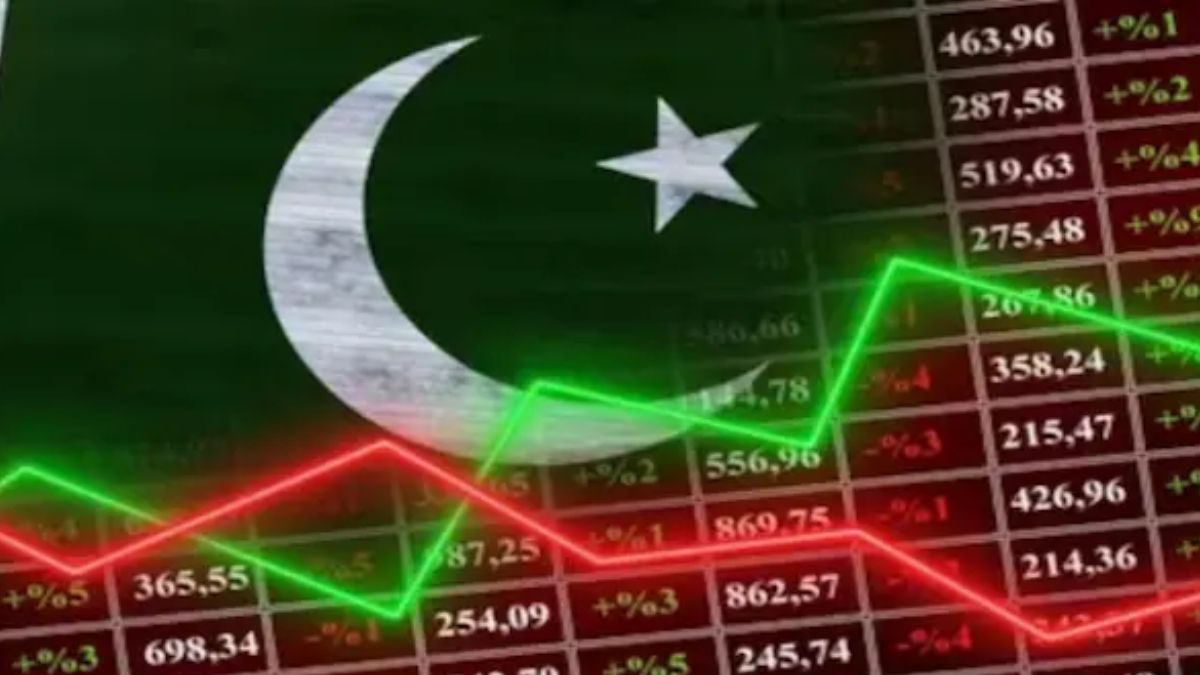Pakistan government will target a budget deficit of 6.9% of its GDP and total tax revenue of 13 trillion rupees in the fiscal year starting July 1, the country’s finance minister said in his budget speech on Wednesday.
The budget comes a day after the government said economic growth of 2.4% expected in the current year would miss a target of 3.5%, although revenues were up 30% over last year, and the fiscal and current account deficits were under control.
Its in economic review on Tuesday, the government said GDP would expand 2.4% in the current year, missing the budgeted target of 3.5%, despite revenues being up 30% on year, and the fiscal and current account deficits being under control.
While Pakistan is expected to stick to fiscal prudence under a new IMF programme, growth is expected to stay constrained, said Abid Suleri of the Sustainable Development Policy Institute think tank.
“Many of the measures taken to achieve fiscal sustainability will impact growth negatively, at least in the near future,” he added.
Pakistan is in talks with the IMF for a loan estimated to range from $6 billion to $8 billion, as it seeks to avert a default for an economy growing at the slowest pace in the region.
Impact Shorts
More ShortsBut a recent economic uptick following stabilisation measures and falling inflation, as well as an interest rate cut by the central bank on Monday, have made the government optimistic about prospects for growth.
The key policy rate could fall further this year and economic growth would continue to rise, Finance Minister Muhammad Aurangzeb had told reporters a day before presenting his first budget.
While Pakistan has faced the highest inflation rate in Asia, recent moderation in inflation and relative stability in the exchange rate have provided some economic relief. Nevertheless, political uncertainty persists, with opposition leader Imran Khan disputing the results of February’s elections and facing multiple legal challenges.
High inflation has led to record levels of economic pessimism, with nearly half of the population struggling to make ends meet, and around 40% living below the poverty line.
With inputs from Reuters.
)